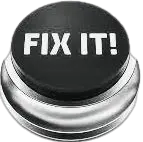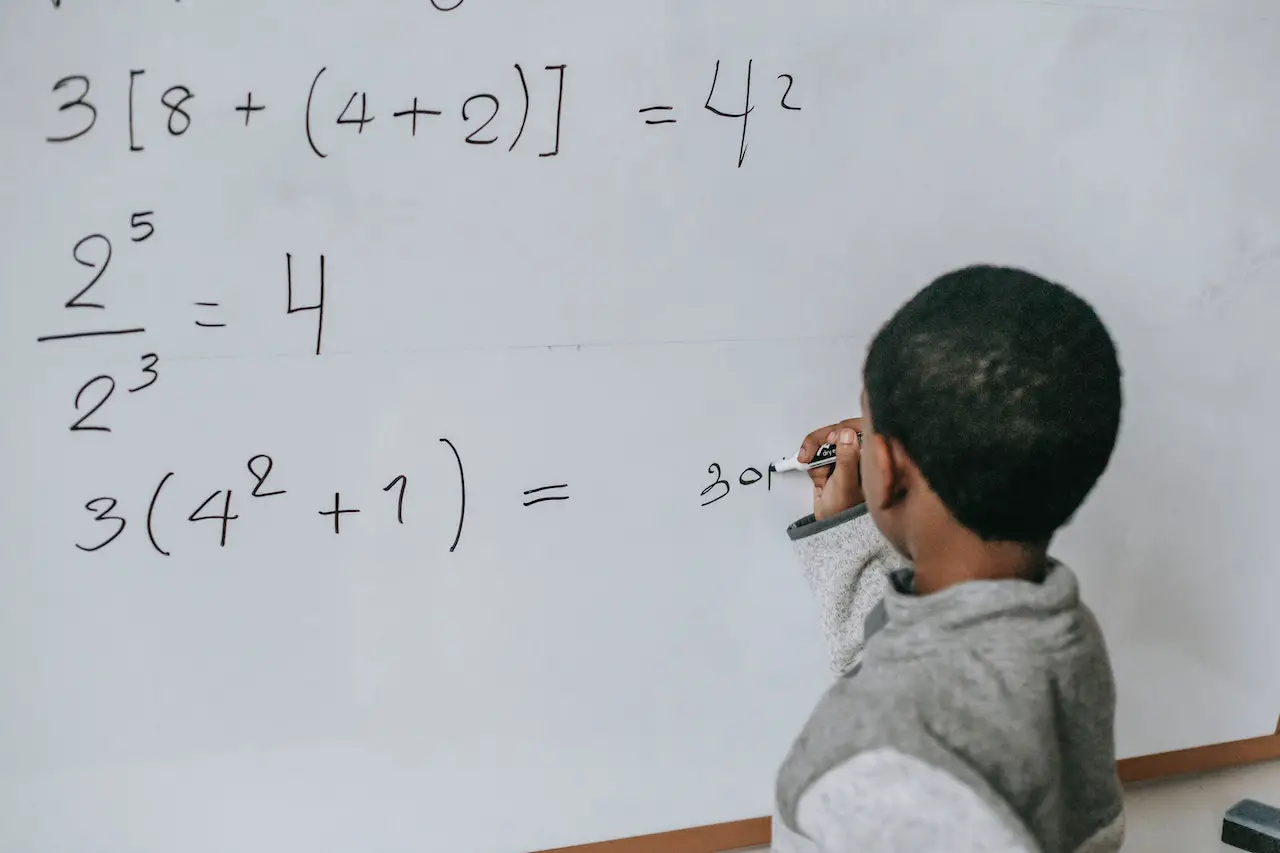How to read mixed fraction in words: When you’re trying to read a mixed fraction in words, it’s important to follow the same rules as when reading a whole number.
That way, you’ll be able to understand what the mixed fraction means and how it fits in a larger context.
How to Read Mixed Fraction in Words
One way to read a mixed fraction is to start by writing down the whole number, then say “above,” then “and” and finally, say the fraction.
How to Read a Mixed Fraction
Reading mixed fractions in words is a skill that you can practice and improve. It helps students understand fractions, as well as develop their ability to communicate with others about math issues.
When reading a mixed fraction out loud, start with the whole number, then read “and,” and then the fraction. For example, to read 3 1/2, say “three and one-half.”
Also read: “What Are the 3 C’s of Assertive Communication?”
You can also read a mixed fraction on the board in words. It is important to pronounce the numerator and denominator independently when reading a fraction.
Another way to read a mixed fraction in words is to break it up into smaller chunks. This can be done with a tabletop or graphing calculator, or even with index cards.
Using this method, you will be able to better understand the meaning of each denominator. If you need to answer a question about mixed fractions, you can divide the fraction into smaller chunks to get a better understanding of each denominator.
In mathematics, there are three types of fractions: proper fractions, incorrect fractions, and mixed fractions. Proper fractions have a numerator that is smaller than the denominator, while improper fractions have a numerator that’s bigger than the denominator.
How to Write a Mixed Fraction
Fractions are symbols used to represent portions or quantities that are not equal to 1. They are written in several ways. These include horizontal fractional bars, forward slashes between the numerator and denominator, superscripts, and subscripts.
Mixed numbers are made up of both whole and fractional parts. Examples of mixed numbers are 6 2/3, 18 5/4, and 2 2/5.
When writing a mixed fraction, start by writing the whole number followed by the word and and then the fractional portion. Be sure to say the fractional part separately when reading it out loud.
In some cases, a mixed fraction can be simplified. This can be done by dividing the numerator and denominator by their greatest common factor, which will reduce them to a simpler form. Then, the simplified mixed fraction can be merged with the whole number to make a new mixed fraction.
When writing fractions formally, be sure to adhere to the specific formatting guidelines prescribed by your organization or field. These will help you ensure that your writing is accurate and readable for the most part.
How to Read 3 4/5 in Words
Reading mixed fractions is a necessary skill for learning math. When you read a mixed fraction, say the whole number part first, followed by the word “and.” After that, say the numerator (the number above the fraction bar) and denominator (the number below the bar of fractions).
You can also use the same process to read a decimal. Just remember that the denominator of a decimal fraction is always a power of ten and the number of zeros in the denominator is the same as the number of decimal places to the right of the decimal point.
Another way to read a fraction in words is to multiply the numerator by the denominator, and then add the denominator. You can also multiply the numerator by the denominator and the denominator by the numerator, or you can add them together.
Converting improper fractions to mixed numbers is a common task. The easiest way to do this is to divide the fraction by its original denominator. Then rewrite the quotient as the whole number part, the remainder as the numerator of the fractional part, and the original denominator as the denominator of the mixed number. This method works for both proper and improper fractions. You can practice this method by trying some of our mixed fraction problems.

